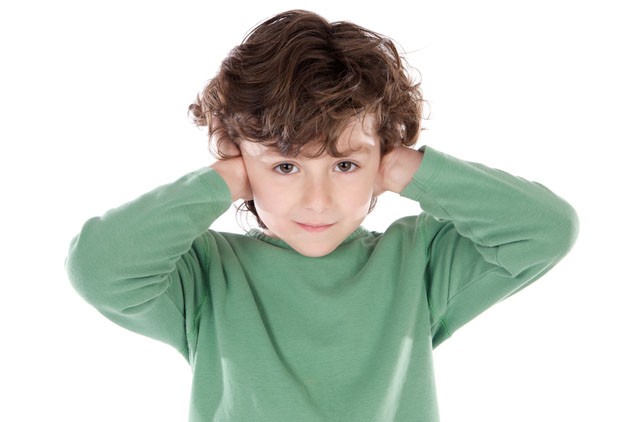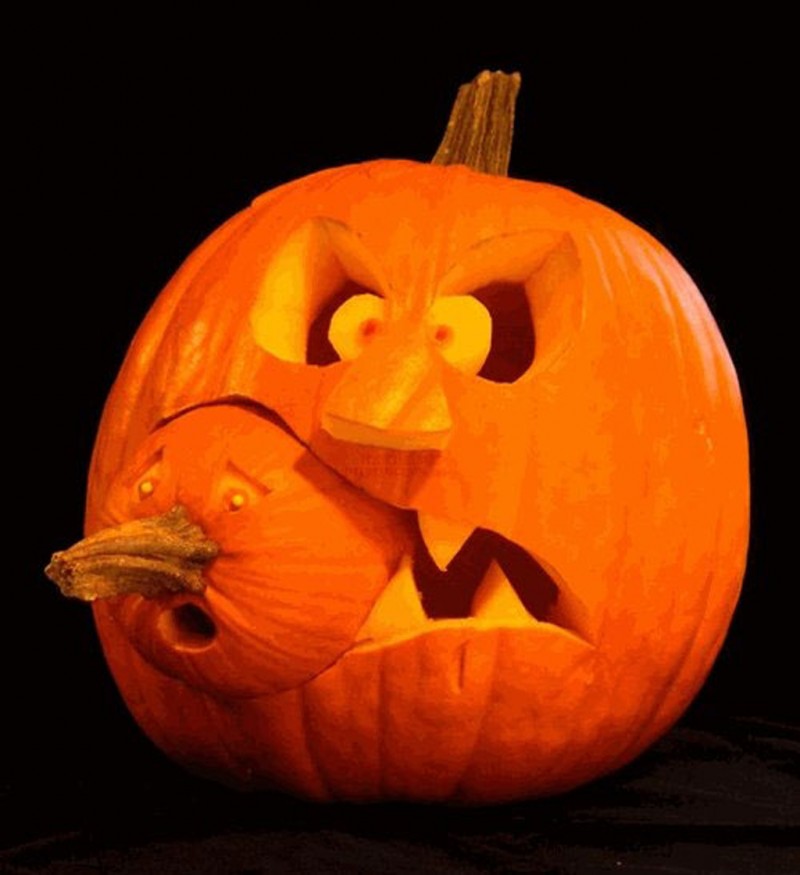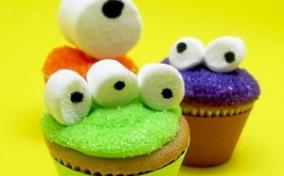Creative play and artistic activities are important to childrens’ overall development. They help nurture imagination, and also develop problem-solving, thinking and motor skills.
Why creative play is important for toddlers
Drama, music, dance and visual art foster creativity and imagination in toddlers. These activities also help young children develop their senses through exploration and discovery. They let toddlers express how they view the world, and their place in it.
Toddlers can use creative play to communicate their feelings. They might not always be able to explain verbally why they’re feeling angry, depressed, happy or frightened. But in an encouraging environment, they might be able to express these feelings using paint, colour, movement or music.
It’s important to let toddlers do their own thing when it comes to creative play. They need to dance, sing, make and build in their own way, in their own time, and using a wide variety of materials. This kind of freedom encourages children to try out different ideas and ways of doing things. The activity is the most important thing, not the final result.
Drama: what toddlers are doing
Many toddlers enjoy taking an object and pretending that it’s something else. A block of wood could be a boat that sails to faraway places. A stone could be a frog, hopping from leaf to leaf in a lily pond. This kind of dramatic play develops toddler imagination.
As most parents know, children love to ask ‘Why?’ Dramatic play and mime also help toddlers work out answers for themselves. This activity can help them come up with creative and imaginative responses to questions and problems. For example, when dressing a doll, a toddler might figure out the best order for the items of clothing. This problem-solving ability is important as children grow and develop.
Visual art: what toddlers are doing
Toddlers love activities like finger-painting, pasting, colouring pictures, and folding or ripping paper. These activities might be a bit messy, but they have immense value. They help toddlers:
* get used to new textures, such as the feeling of finger paint
* learn how paint and paper move, and how they can be manipulated
* develop all kinds of fine motor skills, as they use their fingers, elbows, feet and so on
* express their thoughts, experiences or ideas through their creations.
At this age, children are still learning about shapes and lines, and ways of drawing and playing with them. A painting might look like spaghetti to you – but if it’s a tree to your toddler, it’s a tree.
Whether toddlers end up with a finished product isn’t important. The most important thing is for them to explore their creative impulses and self-expression.
Music: what toddlers are doing
Toddlers like to listen. They also love to get involved in music play. They’ll often start singing to themselves while they’re involved in other play activities. Toddlers also enjoy banging on drums, and making sounds using real or home-made instruments.
Songs and music play are good forms of self-expression. Also, singing encourages toddlers to use words and helps develop their memories. Because their memories are not fully developed, toddlers will be able to remember only a few words at a time. They can put actions to the words as you sing them, though, and add in the words they remember.
You can encourage music play by ensuring that your toddler has lots of opportunities. You could try doing the Hokey Pokey together, for example. You don’t need fancy instruments for fun music play, either. You can make a drum out of a plastic container and a wooden spoon, or put rice into a well-sealed plastic bottle to make a shaker.
Dance: what toddlers are doing
As with music, toddlers will often start moving and dancing without you prompting them. Sometimes, it might even seem like they’re in a trance while they’re dancing – they can become very self-absorbed. In fact, lots of things go through their minds while they’re dancing. They’re exploring their fantasies, thoughts and responses to music and their environment.
Dance helps toddlers develop gross motor skills, as well as hand-eye coordination. You can encourage this by getting them to walk, balance, jump, gallop and hop in response to music or chanted words. It doesn’t matter whether they keep in time to the music, or follow any set movements – the activity is the most important thing.
By Raising Children Network





Useful blog website, keep me personally through searching it, I am seriously interested to find out another recommendation of it.